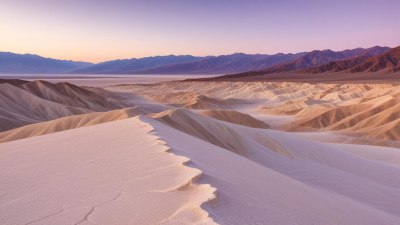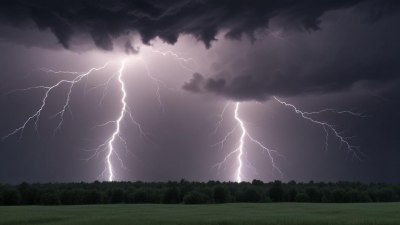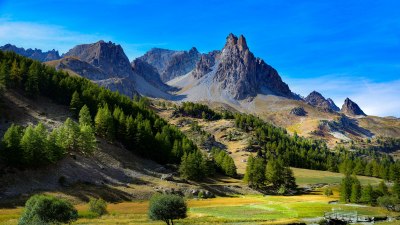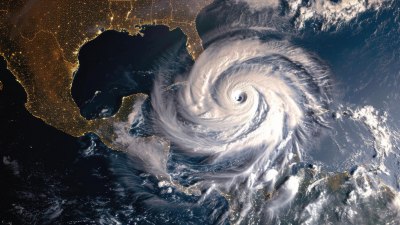Why the Ocean Sometimes Looks Like Milk: The Weather Behind Sea Foam
Discover the science behind why the ocean sometimes appears milky and the weather conditions that create sea foam.
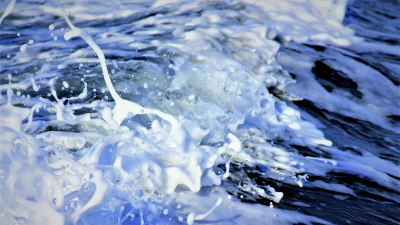
The ocean, with its vastness and depth, is a mesmerizing sight for many. However, at times, it takes on a peculiar appearance, resembling a giant pool of milk. This phenomenon might pique your curiosity, as it raises questions about the nature of water and the processes that govern our seas. Understanding why the ocean can look like milk involves delving into the science behind sea foam, the weather conditions that lead to this occurrence, and the ecological implications associated with it.
Sea foam is typically formed through a combination of water agitation and the presence of organic materials. When the ocean is disturbed by strong winds or turbulent wave actions, it leads to the mixing of air and water. This agitation creates tiny air bubbles that become trapped in the water, resulting in the formation of foam. The organic materials present in the ocean, such as phytoplankton and decaying plants, act as surfactants. Surfactants reduce the surface tension of the water, allowing for the stabilization of the air bubbles and the creation of foam. This is why foam can appear milky white in color; the bubbles scatter light in a way that gives the ocean its unique milky appearance.
Weather conditions play a significant role in the occurrence of sea foam. Stormy weather, characterized by strong winds and high waves, is known to produce larger amounts of foam. During storms, the turbulence in the water increases, leading to more vigorous mixing of air and water. Additionally, the presence of nutrients in the water, often resulting from runoff, can lead to algal blooms. When these blooms die off, they contribute to the foam formation, especially when agitated by wind and waves. This can be observed in coastal areas after significant rainfall events when nutrients are washed into the ocean.
The Role of Algal Blooms
Algal blooms can significantly influence the amount and appearance of sea foam. These blooms occur when there is a rapid increase in algae due to favorable conditions, such as warm temperatures and nutrient availability. Some types of algae create more foam than others, particularly when they decompose. When these decomposing algae are mixed into the turbulent waters caused by waves, they contribute to the white, foamy appearance of the ocean. However, not all algal blooms are harmless. Some species can be toxic, leading to harmful algal blooms (HABs) that can cause ecological harm and health risks for marine life and humans.
Ecological Implications of Sea Foam
While sea foam may appear to be a simple curiosity, it can have significant ecological implications. The presence of foam is often an indicator of the nutrient status of the water. Increased sea foam can signify that the water is rich in nutrients, which can lead to harmful algal blooms and subsequently oxygen depletion in the water. This depletion can adversely affect marine life, leading to dead zones where aquatic species cannot survive. Furthermore, while sea foam can provide a habitat for some organisms, excessive foam can smother marine habitats, disrupt normal ecosystem functions, and have detrimental effects on biodiversity.
Impact of Human Activities
Human activities contribute to nutrient pollution, which exacerbates the frequency and severity of algal blooms and subsequent sea foam formation. Agricultural runoff, wastewater discharge, and urban stormwater can introduce excess nutrients, such as nitrogen and phosphorus, into coastal waters. This nutrient loading can create conditions conducive to algal blooms, leading to both aesthetic and ecological concerns. As coastal cities grow, the management of these nutrients becomes critical to maintaining healthy marine ecosystems and preventing undesirable foam events.
Sea Foam and Climate Change
Climate change is expected to exacerbate the conditions that promote sea foam formation. With rising sea temperatures, algal blooms may become more frequent and intense, leading to increased foam production. Furthermore, changes in wind patterns and the intensity of storms may alter the dynamic processes that create foam. These changes pose significant challenges for marine ecosystems and their ability to adapt. Monitoring and understanding these patterns will be critical in managing the impacts of climate change on our oceans.
In conclusion, the ocean's milky appearance attributed to sea foam is a fascinating interplay of natural processes influenced by weather, organic materials, and human activities. While the sight of foam can be visually striking, it also serves as a reminder of the health of our marine environments. As we continue to navigate the impacts of climate change and nutrient pollution, it is essential to stay informed and proactive in preserving the delicate balance of our oceans. Understanding the science behind phenomena like sea foam not only teaches us about marine ecosystems but also highlights the interconnectedness of our actions and the world around us.

